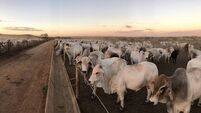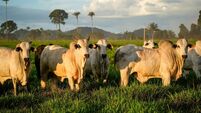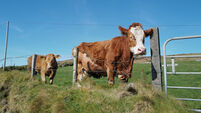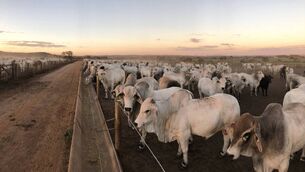Beef intake forecast to drop by up to 90,000 head this year

The predictions are for the intake to remain tight for the remainder of the year, to show a forecast drop of 87,000-90,000 for the year as a whole.
Beef prices are holding steady at the factories this week and there has been a slight increase in supply, which continues to be seasonally very low.
The factories continue to struggle to source sufficient cattle to meet their requirements to fill the orders, with the outlook on supply for the remainder of the year not encouraging for the processors.












